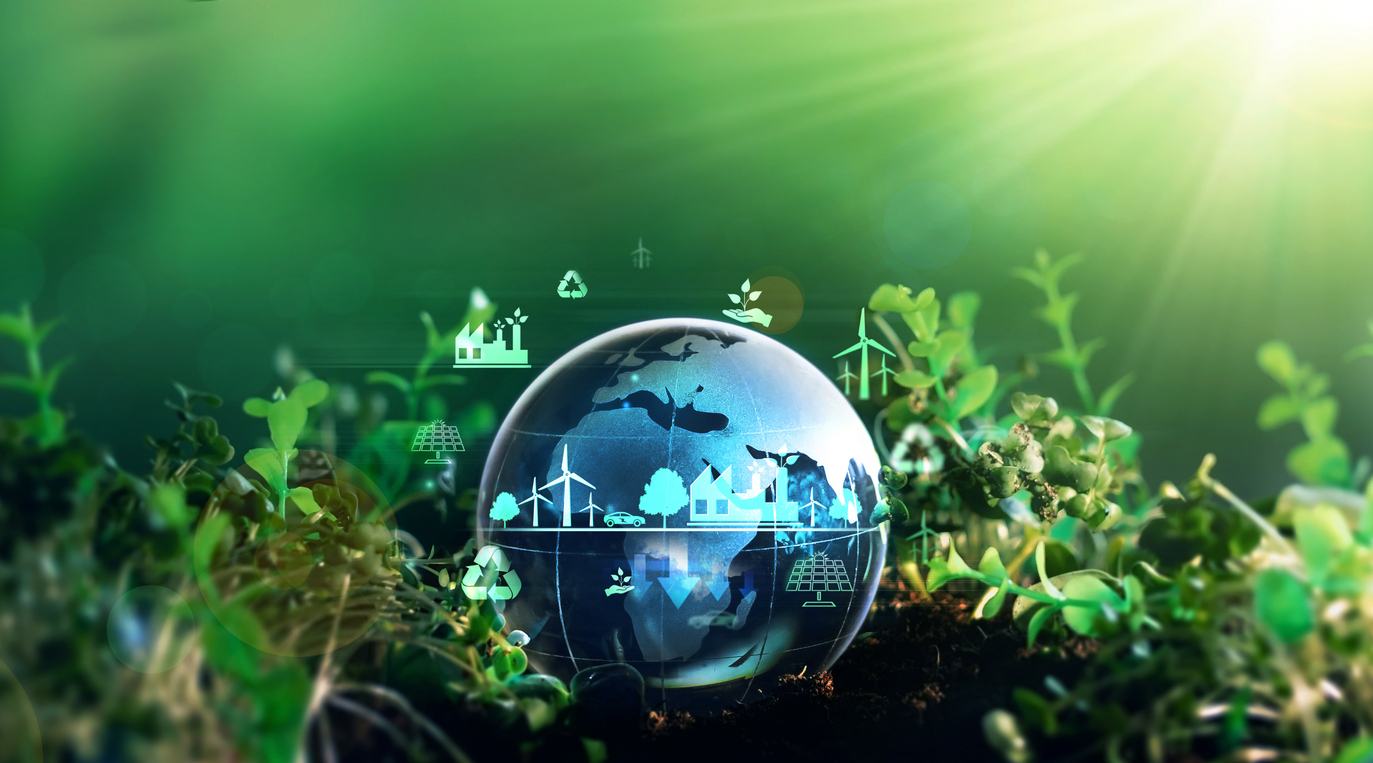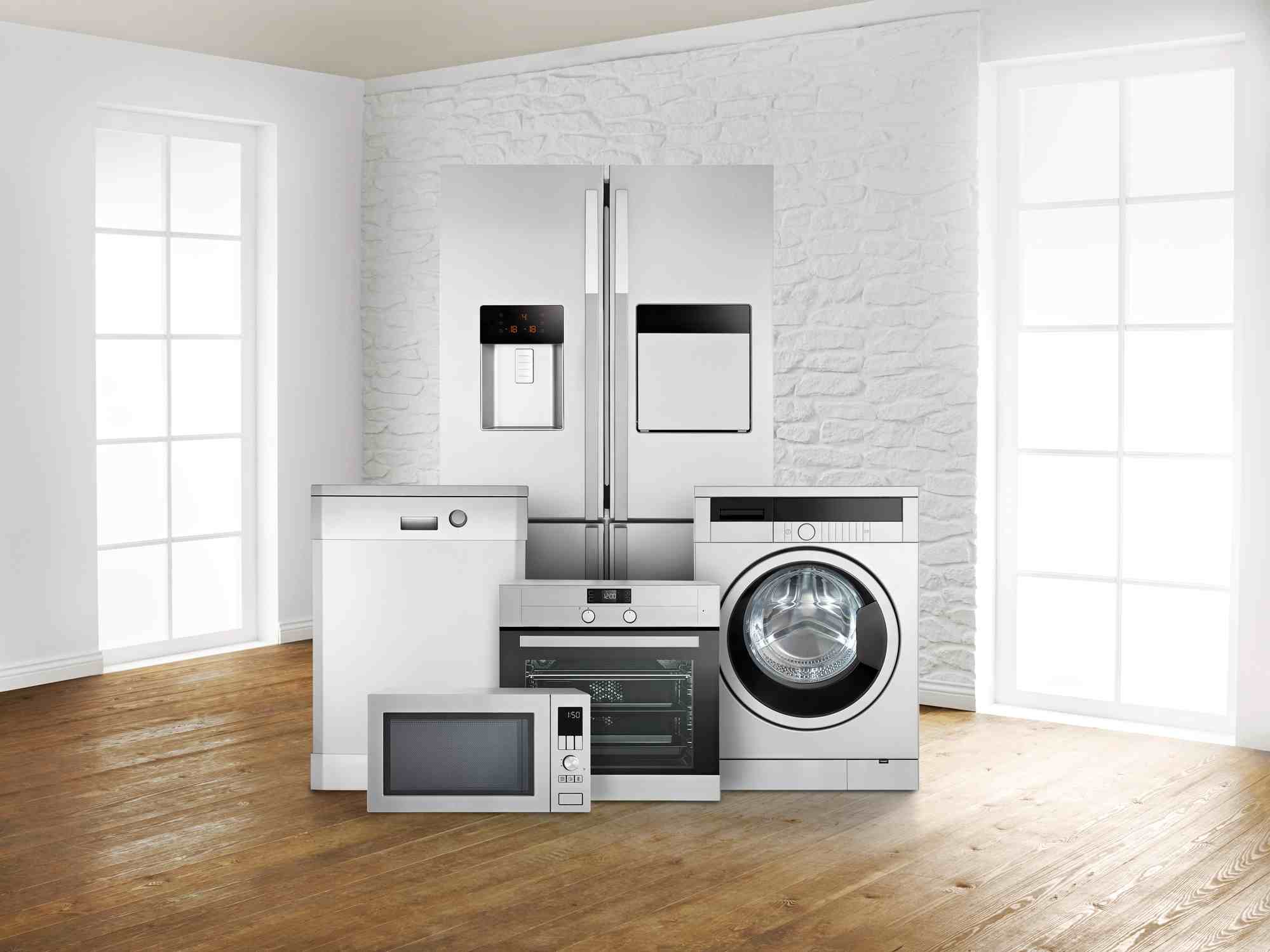Energy Service Questions and FAQ's
We’ve provided answers to some commonly asked questions regarding our service. If you don’t find the answers you are looking for, please contact us toll free at 1-877-208-7636 or email us at [email protected]
When shopping for electricity and gas you will come across quite a few energy terms. Here are a few common ones. If you need more information please contact Kiwi Energy Customer Care at 1-877-208-7636 for further assistance.
PSC: The Public Services Commission of New York – The state agency responsible for the regulation and oversight of energy, water, cable and local telecommunication services in New York. Broadly speaking their mission is to protect customers, foster competition and promote high-quality infrastructure. For Electric, the PSC licenses Energy Service Providers and oversees the NYISO market. The PSC regulates the delivery of electricity and gas and enforces consumer protection.
NYISO: Based in New York’s Capital Region, NYISO is a non-profit company that is governed by 10 members of the Board of Directors with the purpose of operating the high-voltage transmission network, administering and monitoring the wholesale electricity markets. They are also responsible for the reliable operation of the 11,000 miles of high-voltage transmission and the dispatch of more than 500 electric power generators, making NYISO the heart of New York’s electric system.
LDC: Local Distribution Company – The Utility company that provides the distribution, customer and energy services for natural gas and electricity.
kWh: Kilowatt Hour – This is the standard unit of measurement for electricity. Your electricity rate times the number of kWh consumed gives you your energy cost.
MWh: Megawatt Hour – A one Megawatt electricity generation plant operating at full capacity for 1 hour will produce one Megawatt-Hour of electricity. One MWh is equivalent to 1,000 kWh or one million Watt-Hours. The typical unit of measurement for a REC is one MWh.
THM: Thermal Unit – The therm (THM) is a non-SI unit of heat energy equal to 100,000 British thermal units (BTU). It is approximately the energy equivalent of burning 100 cubic feet (often referred to as 1 CCF) of natural gas.
No, regardless of which Energy Supplier you decide on, you will still receive the same safe and reliable delivery service from your Utility.
Energy deregulation has been around for more than two decades in certain states and is designed to ensure consumers have access to various suppliers and products. While your local utility is still responsible for maintaining the wires, pipes and infrastructure that make up the distribution system, reading your meter and responding to emergencies, the utility no longer is the sole supplier. Customers can choose from a range of electric and natural gas suppliers.
Prior to the 1990s, every state in the United States regulated its energy industry. There was only one company (the local utility) that was responsible for all components of your energy service. Under deregulation, your local utility still exclusively manages the delivery of your power but the supply, or generation has been opened to competition for suppliers such as Kiwi Energy to buy energy on the wholesale market and offer a selection of energy products to customers like you.
An energy supplier is a company that acquires electricity, renewable energy or natural gas supplies from the wholesale market and sells it retail to homes and businesses. An energy supplier is not your local utility, it does not own or operate the distribution and transmission systems that deliver energy to homes and businesses.
An energy supplier simply purchases and supplies energy, which is then delivered to your home by your local utility. The utility still operates the local distribution wires and pipes which carry electricity and natural gas through its territory and to homes or businesses.
Electricity and natural gas choice programs allow residential and commercial users to select a supplier other than the traditional Utility.
A billing option that provides customers with a single bill combining charges from one or more service providers and issued by a distribution utility (utility consolidated bill) or by a commodity supplier (ESCO consolidated bill)
The Sales Agreement is a document outlining all the terms and conditions related to electricity and gas service. These rules set out the rights and responsibilities of both Kiwi Energy and the customer.
Kiwi Energy’s current and historical prices are not an indicator of Kiwi Energy’s future prices. Kiwi Energy does not guarantee any savings. Kiwi Energy’s prices may be higher or lower than the LDC’s supply rate in any given month.
You should contact your local Utility Company. They will normally be able to give you an estimated time for completion. The contact phone numbers for your applicable Utility are listed on your invoice.
Kiwi Energy currently offers electricity and natural gas service in the Con Edison, National Grid Upstate, National Grid Metro, Central Hudson, NYSEG, RG&E, Orange and Rockland & National Fuel in New York service areas and Duke Energy in Ohio service areas.
No. Your energy will always be delivered via the same wires, pipes, and meter you have now.
Kiwi Energy does not charge fees for a ‘standard switch’ of suppliers, most utilities do not charge a fee for a switching either.
Kiwi Energy will begin your commodity service on your first meter read by your utility following your acceptance into the program, this may take one to two billing cycles. In most cases this means your next bill will include the final charges from your previous supply company, the following bill will include your supply charges from Kiwi Energy.
Yes. You can continue to pay your utility by the same means you always have.
You will continue to receive one monthly bill from your utility. Your Kiwi Energy supply charges will appear on the bill and you continue to pay your utility as you always have.
The utility will continue to bill you and collect payment for both the supply and delivery portion of the bill. Most utilities offer a range of fast, efficient and convenient payment methods which you can view on their websites.
Once your application has been approved, you will receive one final bill with supply charges from your previous provider, on the following bill Kiwi Energy will be your supplier. You will continue to receive just one single monthly bill from your local utility company for your energy supply and delivery charges.
A variable rate plan allows you to enjoy electricity and/or gas rates that change monthly depending on factors such as market fluctuations and conditions and may be higher or lower than your utility rate. Kiwi Energy offers variable-rate plans that are no cost to join with no long-term commitment or cancellation fees. Signing up for a variable rate plan gives you the freedom to change or cancel your product at any time. Variable rate plans provide no guaranteed savings compared to the utility.
Start powering your home with Kiwi Energy today by calling toll free 1-877-208-7636 or clicking here. All you need is your utility account number which can be found on your utility bill to complete the sign-up. Once enrolled Kiwi Energy will take care of the rest.






